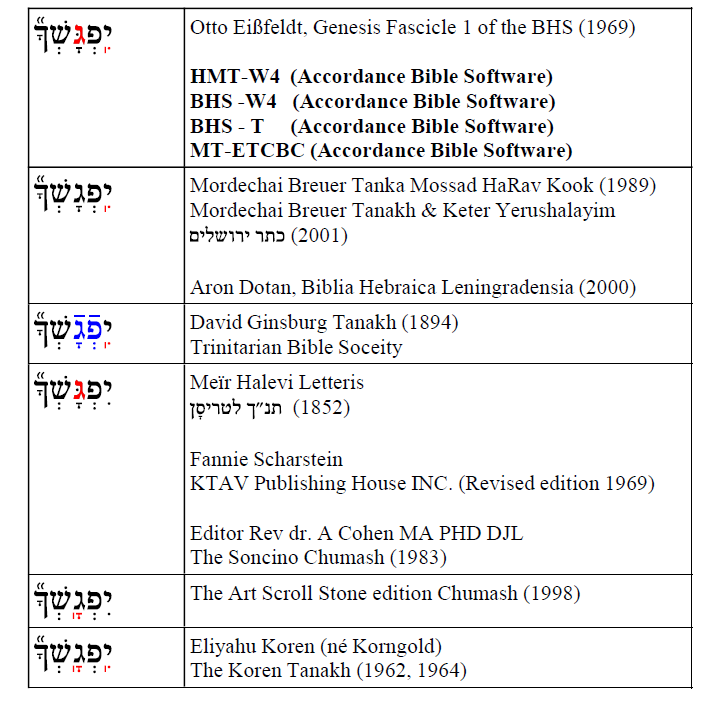I highly recommend acquiring the Biblia Hebraica Stuttgartensia If you have an interest in the philology of the Hebrew Bible, and let’s be honest who doesn’t? Then you need to aquire a Biblia Hebraica Stuttgartensia (BHS)! Why you ask? Good question! Well, one of the many interesting features of the BHS is its apparatus. For example, if you turn to Genesis 38:9 in the BHS (or page 62) you and you look at the apparatus on the bottom of the page you will find the following: Gen 38:9a sic L, mlt Mss Edd לאֹ
Okay so let’s parse the shorthand notes above:
sic L =(underscores the reading in the Leningrad codex)
mlt =multi / many Mss=Manuscripts Edd =Editions
So what? What does that mean?
First of all, this means that Biblia Hebraica Stuttgartensia diplomatically perseveres the textual reading found in the Leningrad Codex. In other words, לאֹ is present in many Hebrew Bible manuscripts and modern editions of the Hebrew Bible but, the Leningrad Codex has a different reading namely: לֹּ֥א. The nikuddot (vowel points) as wells the ta`amei (accents) in the Leningrad Codes apparently differ from the vast majority of manuscripts. And, it is up to the reader to decide if the Leningrad’s reading represents an alternative tradition, an original reading, a scribal mistake, or a correction. The Leningrad’s reading is similar to one found early in Gen 19:2 but this neither proves nor disproves anything it simply shows that the scribe used this form.
Gen 38:16a sic L, mlt Mss Edd ל sine dageš
Notice, the BHS and L have לִּ֔י
but, many manuscripts and edition have the lamed ‘sine'(without) the Dagesh
Gen 38:18a ut 16a || b ut 16aut= as verse 16
(this probably means that the issue in verse 16 in regards to the Lamed and dagesh is similar to the issue in verse 18)
